In 2013, policy makers and community members alike took a stand on a variety of issues affecting daily life in South Los Angeles. Here are five of them that will continue to develop during the next year.
Obamacare
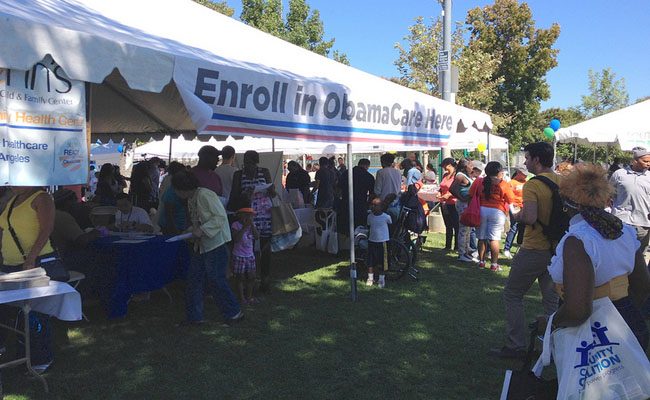
Lining up to find out about Obamacare at Powerfest South L.A. | Katherine Davis
In 2013 healthcare was a major concern for many South L.A. residents. With the implementation of the Affordable Care Act residents rushed to the front of the lines to enroll. Prior to the act’s approval one could find health clinics and health care workshops popping up all over the city. Though there were some complications with enrollments in the beginning, the Affordable Health Care Act is shaping up to be beneficial for the community.
Crenshaw/LAX Metro Line
Back in June the Crenshaw/LAX rail line was approved for construction after years of dispute. The light-rail line will run though South L.A. and promises to create hundreds of jobs. Local businesses came together to host a summit for those interested in working for the rail line in October. Though the production of this railway may bring transportation benefits, some worry about the effect it will have on Leimert Park’s historic role as a hub for African American arts and culture.
Gang injunctions
This past year there has been a new gang injunction plan for Inglewood, Echo Park and the San Fernando Valley. Gang injunctions seek to make communities safer by drastically restricting the activities of known gang members. Some people believe this new policy will help while others feel it merely promotes the schools to prison pipeline.
Fracking
One of the main issues concerning the people of South L.A. this year was oil fracking at the oil fields of Kenneth Hahn State Recreation Area. Many complained of the damage the fields were having on their homes while others were more concerned with the health risk they face living next to an oil field. Despite the community’s pleas to cease oil fracking in the area it seems federal funds are still being pumped into production.
The Forum
This past year the Forum in the “City of Champions,” Inglewood, was taken over by entertainment power house Madison Square Garden and renovated from the inside out creating hundreds of jobs for people in the community. The Forum will kick off it’s grand opening with a series of shows performed by the iconic band the Eagles in January 2014.










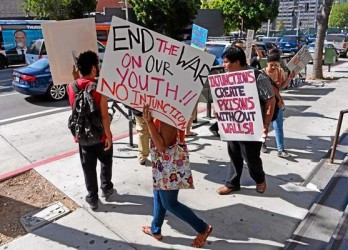
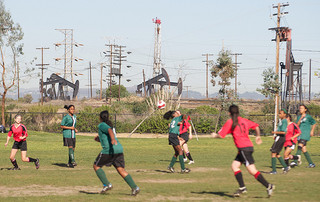
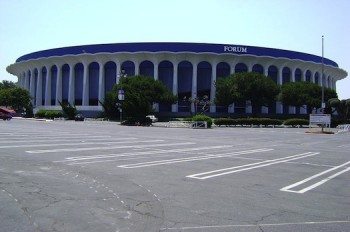
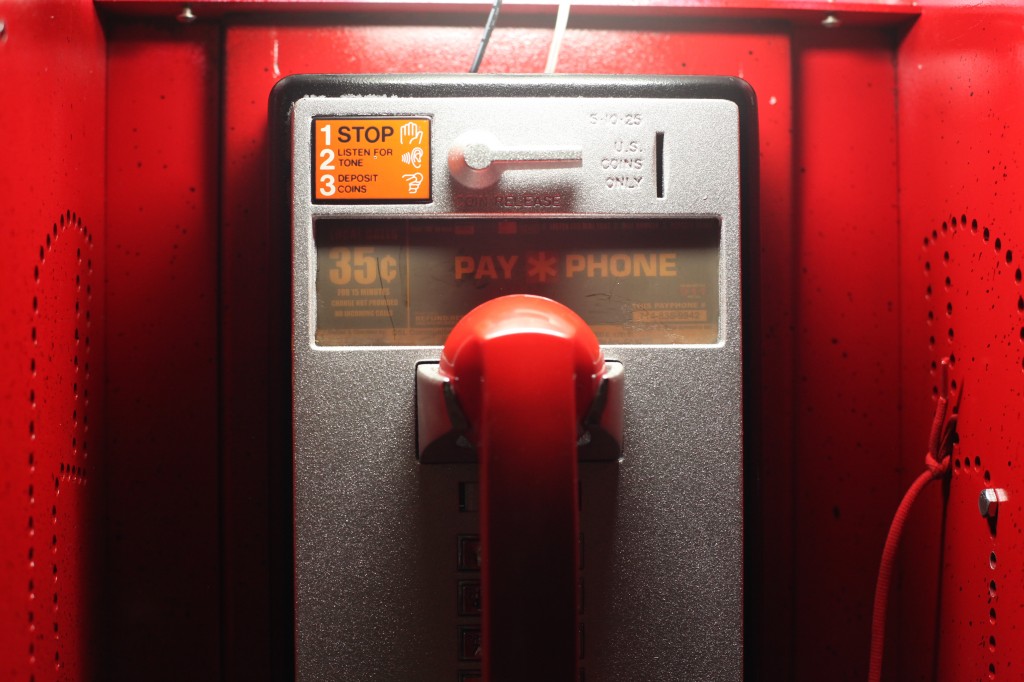
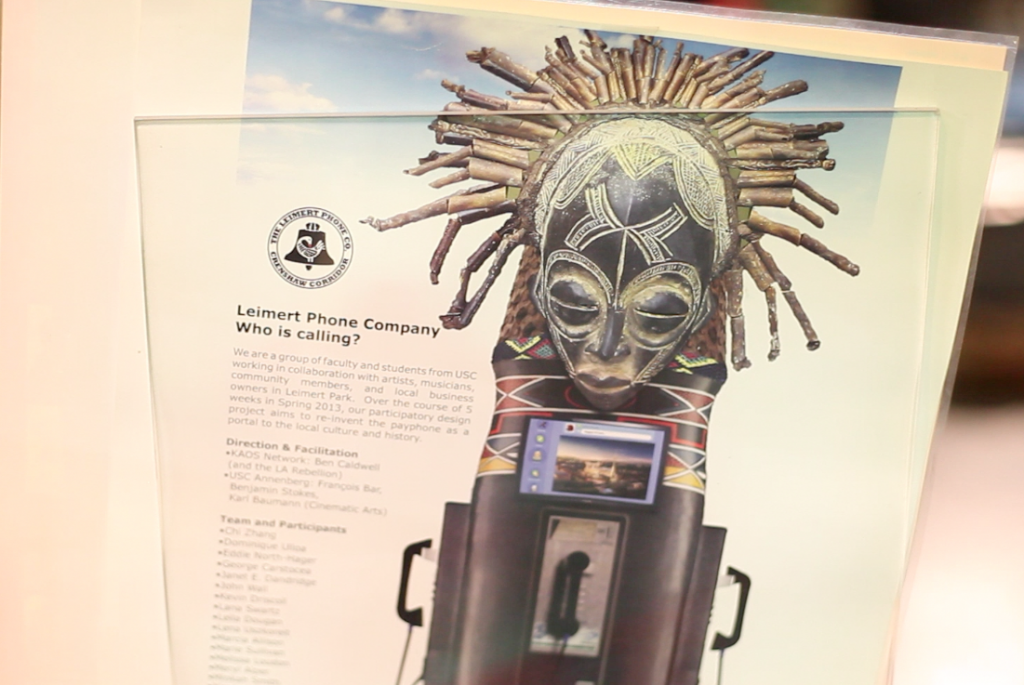
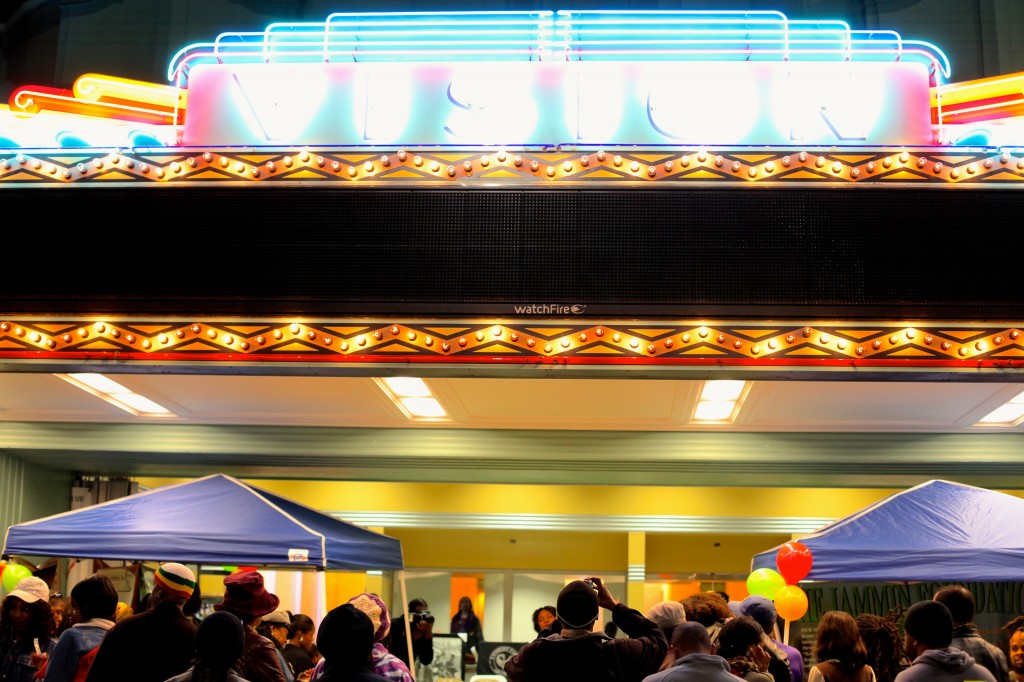

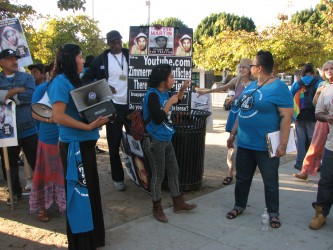

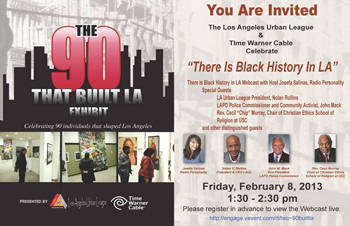
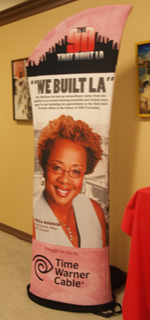
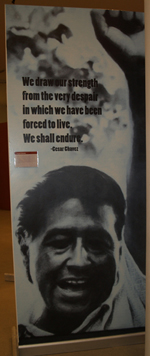 Angelenos can discover historic art and photos commemorating LA trailblazers in fields such as cinema, civil rights, music and media; Sir Sidney Poitier, Cesar Chavez, Ella Fitzgerald and Paula Madison, respectively, at “The 90 that Built LA” exhibit through March 7, 2013.
Angelenos can discover historic art and photos commemorating LA trailblazers in fields such as cinema, civil rights, music and media; Sir Sidney Poitier, Cesar Chavez, Ella Fitzgerald and Paula Madison, respectively, at “The 90 that Built LA” exhibit through March 7, 2013..jpg)
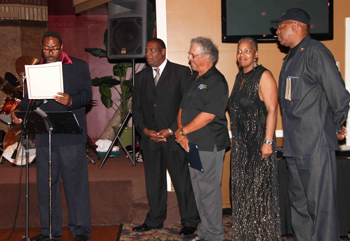 Drummer Al Williams, one of the Living Legends Linda Morgan (second from right) celebrated in April
Drummer Al Williams, one of the Living Legends Linda Morgan (second from right) celebrated in April Not in South Los Angeles, where property is selling in some areas. Leimert Park-based real estate agent Heather Presha (pronounced Pre-shay) said that homes on the market in her neighborhood and neighboring areas of Baldwin Hills/Crenshaw, View Park, Baldwin Village, Hyde Park, and Jefferson Park are getting 40 to 50 offers each. Open houses are filled to capacity with prospective buyers. “It’s so competitive now, I haven’t made an offer on a home in six months that hasn’t had multiple offers,” said Presha.
Not in South Los Angeles, where property is selling in some areas. Leimert Park-based real estate agent Heather Presha (pronounced Pre-shay) said that homes on the market in her neighborhood and neighboring areas of Baldwin Hills/Crenshaw, View Park, Baldwin Village, Hyde Park, and Jefferson Park are getting 40 to 50 offers each. Open houses are filled to capacity with prospective buyers. “It’s so competitive now, I haven’t made an offer on a home in six months that hasn’t had multiple offers,” said Presha.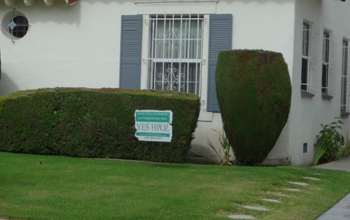 With interest rates at historically low levels of 3% or less, it’s a good time to buy if you can get a loan. Neith said if you’re buying an historic property – one that is in an Historic Preservation Overlay Zone, or HPOZ, or one that is outside an HPOZ but designated historic – then you may qualify for significant property-tax reduction under the Mills Act. The Mills Act allows tax reduction of 50 percent to 75 percent for ten years after purchase. Owners can apply for renewal after the ten-year window. However, all money saved under the act must be used for historical restoration. The West Adams area alone has at least six HPOZs.
With interest rates at historically low levels of 3% or less, it’s a good time to buy if you can get a loan. Neith said if you’re buying an historic property – one that is in an Historic Preservation Overlay Zone, or HPOZ, or one that is outside an HPOZ but designated historic – then you may qualify for significant property-tax reduction under the Mills Act. The Mills Act allows tax reduction of 50 percent to 75 percent for ten years after purchase. Owners can apply for renewal after the ten-year window. However, all money saved under the act must be used for historical restoration. The West Adams area alone has at least six HPOZs.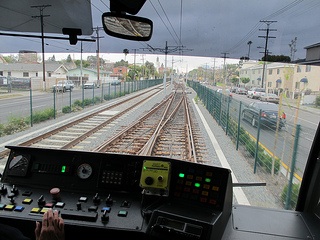 Recent improvements in South L.A. have made it a much more attractive prospect for homebuyers. The recently-contructed light rail Expo Line, which follows an old rail-line cut, is part of what Neith said is an overall feeling of good things happening in the neighborhoods along it. Even those who don’t use it think it’s “part and parcel of progressive improvement in Los Angeles.”
Recent improvements in South L.A. have made it a much more attractive prospect for homebuyers. The recently-contructed light rail Expo Line, which follows an old rail-line cut, is part of what Neith said is an overall feeling of good things happening in the neighborhoods along it. Even those who don’t use it think it’s “part and parcel of progressive improvement in Los Angeles.” 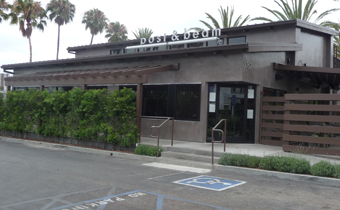 One business that thinks South L.A. is a good investment is the top-rated restaurant Post and Beam, which opened near the Baldwin Hills Crenshaw Plaza mall in 2011. With a star chef who also happens to be a local boy made good—Chef Govind Armstrong grew up in Inglewood—Post and Beam serves a locally-sourced menu driven by ingredients, many of which are raised in the restaurant’s own organic garden. It would be perfectly at home in the moneyed environs of the Westside. Yet it’s filled to capacity weekly by Baldwin Hills locals hungry for quality food and quality places nearby to spend their money in. Real estate agent Presha said, “It’s what we deserved.”
One business that thinks South L.A. is a good investment is the top-rated restaurant Post and Beam, which opened near the Baldwin Hills Crenshaw Plaza mall in 2011. With a star chef who also happens to be a local boy made good—Chef Govind Armstrong grew up in Inglewood—Post and Beam serves a locally-sourced menu driven by ingredients, many of which are raised in the restaurant’s own organic garden. It would be perfectly at home in the moneyed environs of the Westside. Yet it’s filled to capacity weekly by Baldwin Hills locals hungry for quality food and quality places nearby to spend their money in. Real estate agent Presha said, “It’s what we deserved.”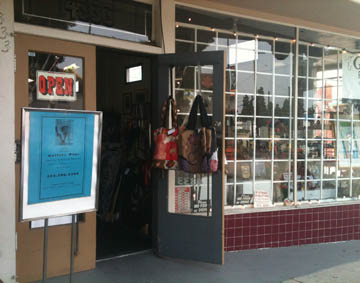 By Theresa Pablos
By Theresa Pablos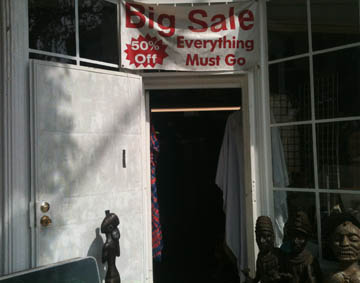 However, some storeowners think her marketing campaign has not drawn in enough new customers to keep stores open and flourishing.
However, some storeowners think her marketing campaign has not drawn in enough new customers to keep stores open and flourishing.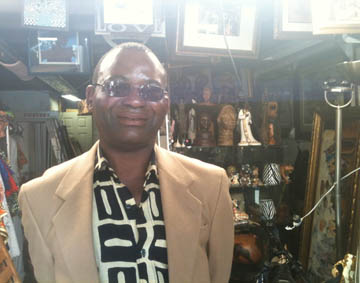 Bailey notices that more customers come in during special events like their buffet brunch and live jazz music every Sunday from 11 am to 4 pm. When customers come to Adassa’s Island Café for their highly rated Jamaican food, other businesses on the street also get customers.
Bailey notices that more customers come in during special events like their buffet brunch and live jazz music every Sunday from 11 am to 4 pm. When customers come to Adassa’s Island Café for their highly rated Jamaican food, other businesses on the street also get customers.




